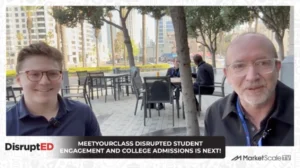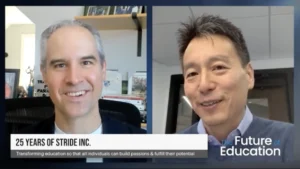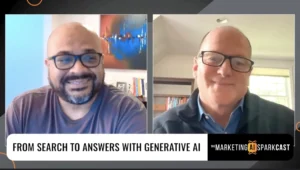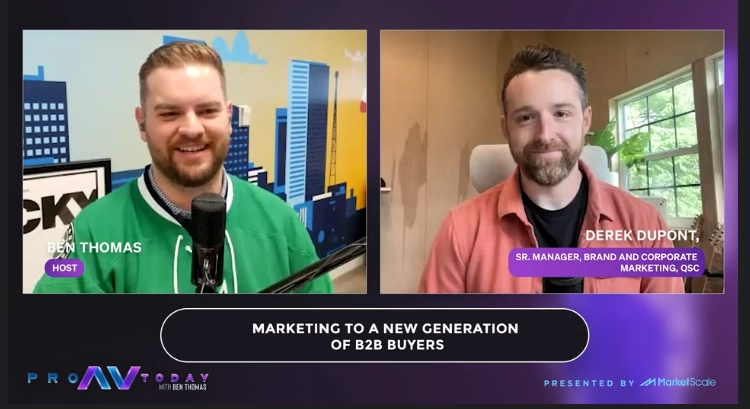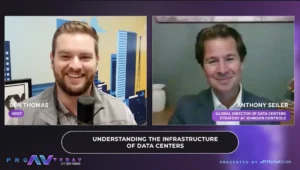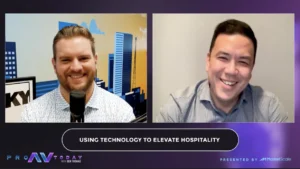SOLUTIONS TO FOUR COMMON DIGITAL SIGNAGE CONTENT CHALLENGES
In the world of digital signage, you’ve probably heard many times that “content is king”. Yet, brands that want to use digital signage to communicate with their audiences often relegate content to the bottom of the priority list, creating a disconnect between the message goals and content outputs. While digital content presents several challenges, there are solutions available to effectively address them and achieve a successful digital signage execution.
DO YOU HAVE A DIGITAL CONTENT STRATEGY?
While many organizations may have a goal directly related to their digital signage expectations, that doesn’t mean they actually have a content strategy. Content can often be created in a vacuum by designers that don’t have any information about the audience or where and how the content will be used. To develop a true strategy for your digital signage, there must be collaboration between various parties to determine not only the visual content, but just as important, the best message, way and location to promote a specific product or service. For example, a convenience store may have POS digital signage to encourage impulse buys; however, different content approaches would be employed to promote the sale of candy vs. lottery tickets vs. fountain drinks, etc.
IS YOUR CONTENT TIME OPTIMIZED?
Timing is fundamental to the digestion of content. First, a person’s average attention span, which may be as little as eight seconds, must be accounted for. Next, dwell time (how long will your audience be near or adjacent to signage) must be factored in. Dwell time relates to the traffic flow of your audience, so message timing must be optimized accordingly—roadside digital signage content should be short enough for passing vehicles to ascertain the intended message, while captive audience dwell time (think airport security lines) can be much longer.
IS YOUR CALL TO ACTION (CTA) WEAK OR NON-EXISTENT?
A CTA is not just for marketing campaigns. They are a dynamic means to get the most out of digital signage, providing a direction for viewers to take. A missing, weak, or irrelevant CTA translates to dead space. Digital signage requires investments in capital and resources, so it is important for it to be as focused on conversions as any other marketing tool employed. Saying, “Buy Now” isn’t nearly as compelling as saying “Take Advantage of this Sweet Deal.” The opportunity to drive action via digital signage should not be squandered.
IS YOUR CONTENT INTEGRATED WITH OTHER CHANNELS?
Digital signage can be used to do more than engage with viewers. Today, user generated content is a huge trend, and integrating digital signage messaging with social media can promote deeper connections and turn customers into fans. By offering clever hashtags, inviting customers to tag onsite pictures, or hosting contests asking visitors to create videos representing what they like about a specific product or service, promotes not only brand visibility, but customer recognition as well. For digital signage applications in locations such as buses or light rails, displaying coupon codes for future purchases can be used to drive brand traffic.
Digital signage content is rapidly evolving as systems become more sophisticated and new technologies become available. However, it will always be important to focus on meeting these four challenges and making sure your digital signage is effective as possible.
Read more at omnivex.com



